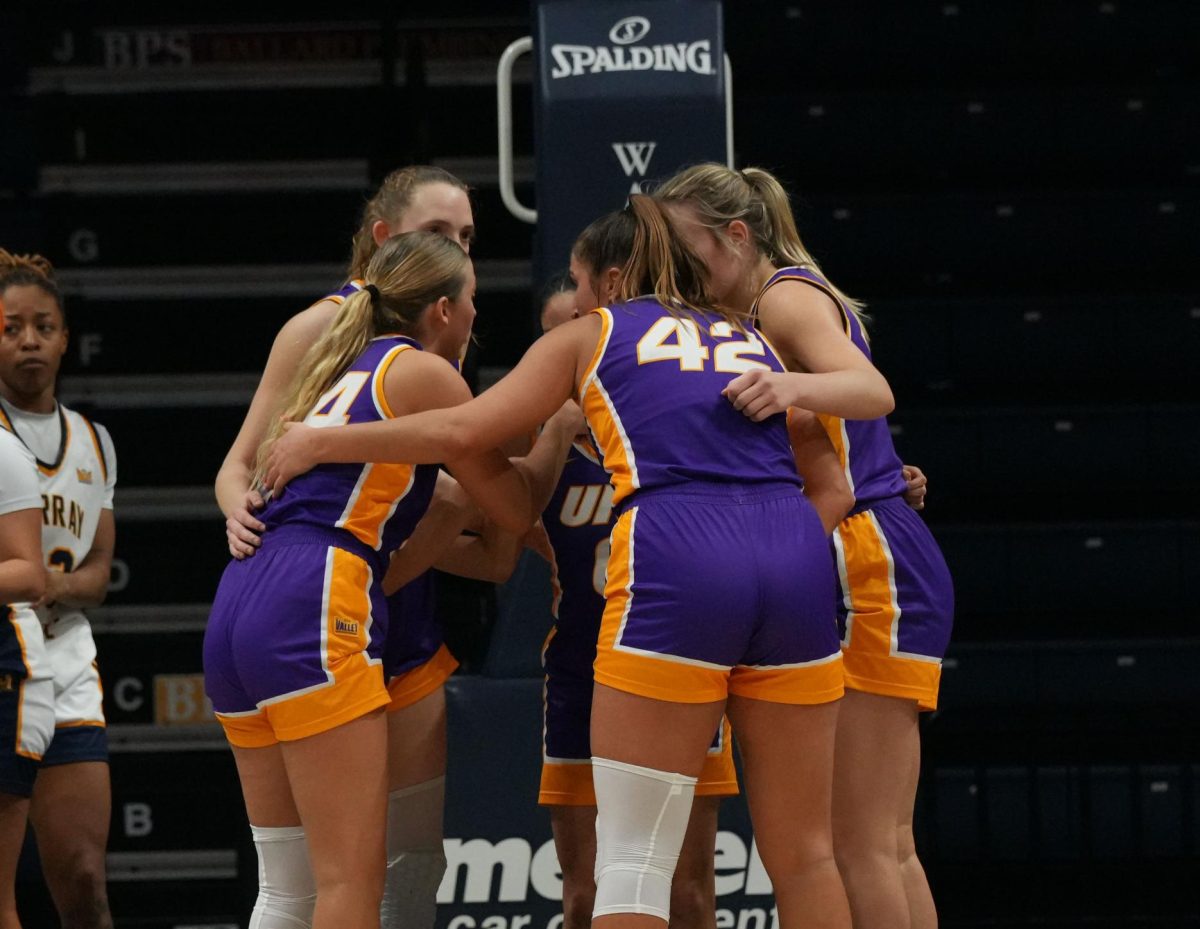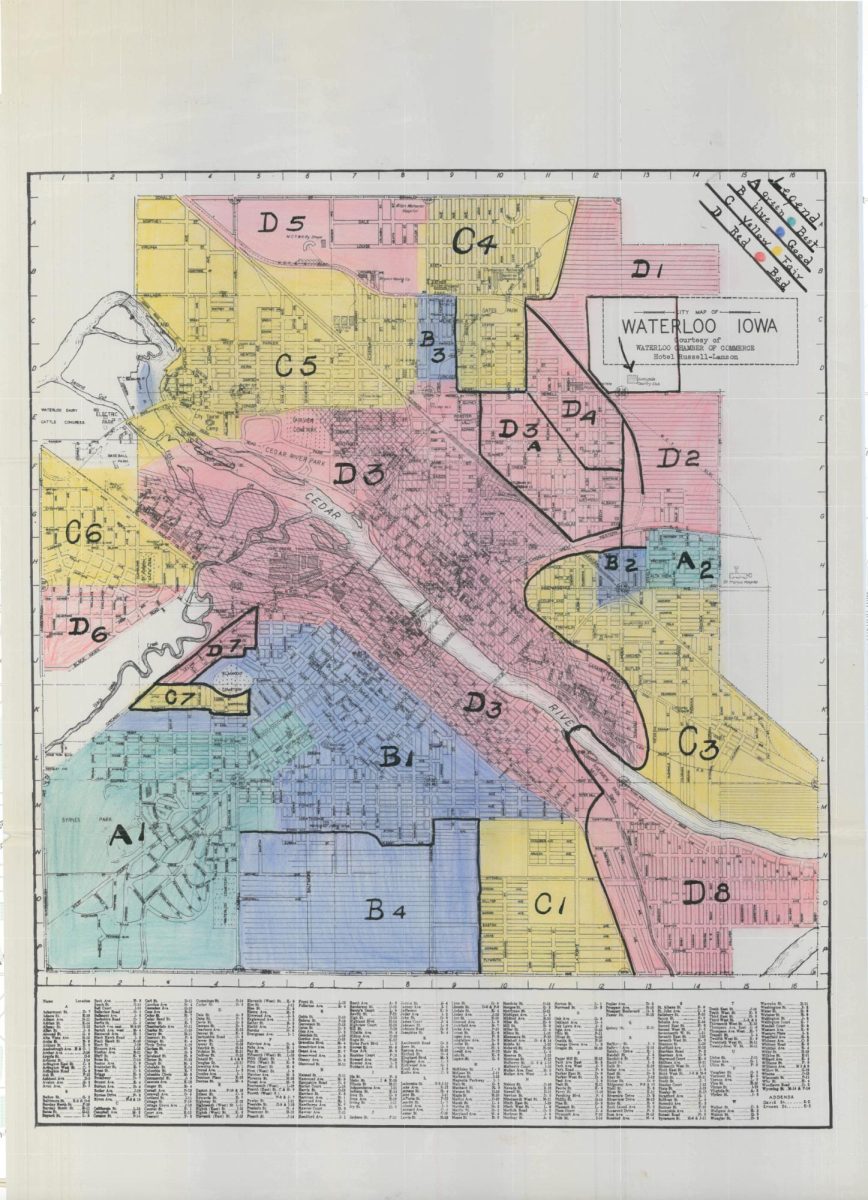Fantasy Basketball is, in a bubble, a little like doing homework. Each player must study up on the topic, research different avenues and crossroads, and dilligently cram stat lines, depth charts and percentages into their overworked brains in anticipation of the all-important draft.
Results and standings function somewhat similar to grades. One’s feedback, successful or futile, can be looked at through perfect hindsight to analyze mistakes and cover up weaknesses. Players continue to make trades, rework rosters and rotate their lineup to try and reach that all-important “A.”
For those who don’t know, Fantasy Basketball involves several players joining a league, drafting their teams from a pool of all active NBA players, then competing weekly to see whose stats reign supreme. Any stats that the players on a fantasy team acquire in real-life games are also attributed to fantasy rosters, usually tallying in nine major statistics: points, rebounds, assists, steals, blocks, turnovers, field goal and free throw percentages and made three-pointers. Each week, stats are compared against another player, where players win points for each category they lead after seven days.
This seems easy enough, but determining how much is enough in a given statistic and how to balance focus versus spread is a time-tested skill. Knowing how much value to put in a certain stock of players adjusts what one should chase and what to avoid in drafts and trades.
Some positions are simply harder to fill than others. It’s no surprise top-notch point guards and centers rarely get mentioned in All-Star lineups or MVP races; they are notoriously hard to come by and are usually coveted by most NBA general managers.
The problem doesn’t translate directly to fantasy basketball, but the idea is still there. Rather than search for position players (many solid contributors qualify for multiple positions, such as a power forward sliding down to center or a two-guard also being tagged as a small forward), we roto-junkies look for specific stat lines.
Big men with a balanced attack are pretty rare in the league, and often attract a lot of high-profile attention to their game. Kevin Garnett, Lamar Odom, Carmelo Anthony and Chris Bosh are all top-level players who score in the post and on the wing, making them reliable for more points at a slightly lower shooting percentage. These guys often contribute in many categories, especially rebounds and the defensive numbers, and as such are highly valuable.
Guards who shoot the three ball well and rack up assists and steals are at a premium, and can often break a matchup wide open. Chris Paul, Jason Kidd and Steve Nash (the revitalized version) offer these numbers and more, while dudes like Jameer Nelson and Baron Davis offer budget-value numbers. These players fill all the stat lines in which scorers and bigs don’t typically help out, and actually have a strategy based entirely around flanking these guys with quality post players to cover as many stats well as possible.
Big men can sometimes be inflated to absurd proportions because the numbers are impressive. 20-point, 10-rebound guys just sound more relevant than 26-point shooters, right? While that’s true, don’t get too bedazzled by the post players. Everybody scores, everyone grabs a few boards, even the smallest guys. Make sure the front line chips in a few extra numbers, especially in blocks and the shooting percentages, to get maximum value.
Players who contribute in categories they normally wouldn’t, like big men who shoot threes and guards with gaudy rebound numbers, aren’t usually valued right. These guys make for a cute trick, but really shouldn’t be picked over steady contributors because they don’t do enough in the stats you expect them to contribute. The only time they’re truly good is when you focus on three or four main numbers, like a points-rebounds-turnovers-field goal percentage combination, where big men who pass and shoot threes stick to the meat and potatoes of your team while helping in those “off” stats.
Specialists who only really matter in those lesser-known stats (threes, free throws, steals and blocks) should only come into play as a boost to a pretty solid stat in the first place. If you demolish people in blocks or totally punt steals, adding players specifically to those categories won’t change much. A three-ball shooter can really push an already decent, but not spectacular, stat into the right direction.
I hope these ideas help at least a few readers determine who to pick up in the next few weeks as we eclipse the first quarter of the NBA season, and maybe refocus one’s efforts to adjust their stat production to maximum value. Happy gaming, and good luck!






